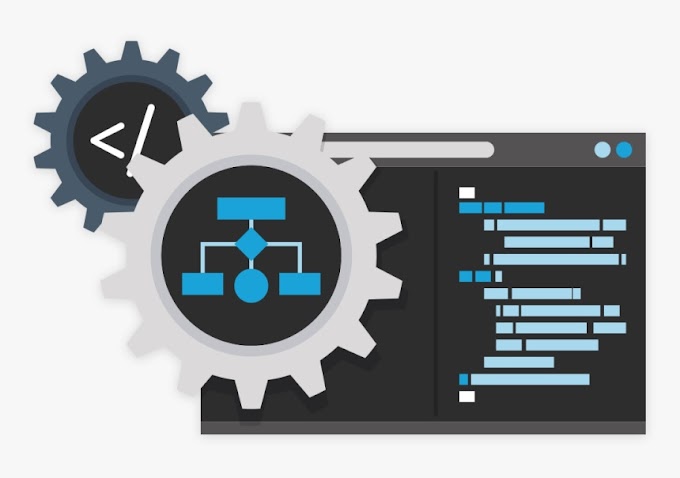Showing posts with the label collaborationShow all
Beyond Bugs: How Testers Make Software Great
Vipul Baibhav
July 23, 2024
The word "software tester" often conjures up images of someone hu…
Read moreIncorporating Continuous Integration and Continuous Testing into Your Workflow
Vipul Baibhav
April 12, 2023
Continuous integration and continuous testing (CI/CT) are essential componen…
Read moreCommon Pitfalls to Avoid When Automating Your Tests
Vipul Baibhav
April 12, 2023
Test automation is an important aspect of software development, but it's…
Read moreSubscribe us
Popular post
Total Pageviews
Follow us on Facebook
Designed with by Way2Themes | Distributed by Blogger Themes








Social Widget